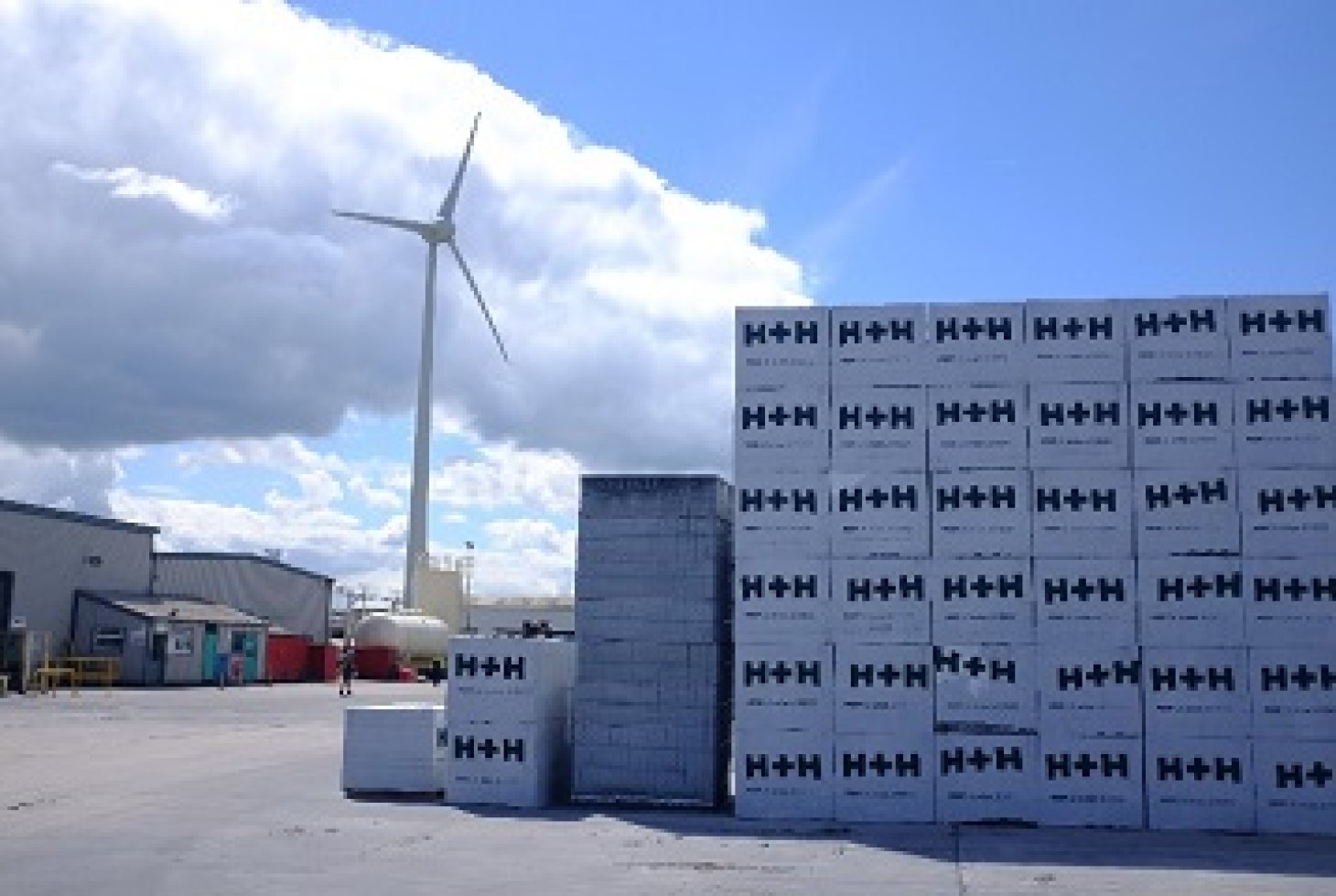
The pride of Pollington
For decades, a factory in the heart of Yorkshire has been responsible for producing the innovative aircrete blocks that have made their way into thousands of homes throughout the UK.
The H+H factory in Pollington first opened its doors in 1978, in order to respond to the increased interest in aircrete and its innovative new building systems.
Manufactured from recycled Pulverised Fuel Ash (PFA), aircrete is one of the most sustainable building products available, and furthermore, 99% of the raw materials that go into H+H aircrete are sourced in the UK.
When the Pollington plant was initially opened, it was in the centre of an industrial heartland in the north of England. While the situation is not as secure for manufacturers in 2016, H+H still sources the vast majority of its PFA for Pollington’s aircrete from factories in the local area. The local Drax plant is one key provider of PFA for Pollington.
Despite its long heritage of manufacturing aircrete in the north of England, H+H has not been shy to embrace change, which has led to a number of innovations in Pollington over the years.
A second plant – P2 – was opened in Pollington in 2003, with the aim of bringing a greater degree of automation into the manufacturing process of aircrete. Here, man and machine work in harmony, producing aircrete blocks every day. Many of the products that are used in the Thin-Joint System, such as the Celcon Plus, Jumbo Blok and the MultiPlate blocks, are produced in the new P2 factory.
Another key innovation came last year. As part of its continuing commitment to lowering its carbon footprint, H+H partnered with green energy giants Ecotricity to install a wind turbine at the Pollington plant that is capable of producing enough clean energy to power 500 homes.
The turbine is just another example of the willingness to embrace change that has followed H+H since it began manufacturing aircrete in Britain in the 1950s.
H+H’s Pollington plant has a proud manufacturing history, and yet at every turn, innovation has been readily adopted, in the name of sustainability and productivity. This approach will no doubt see the plant thrive long into the 21st century.